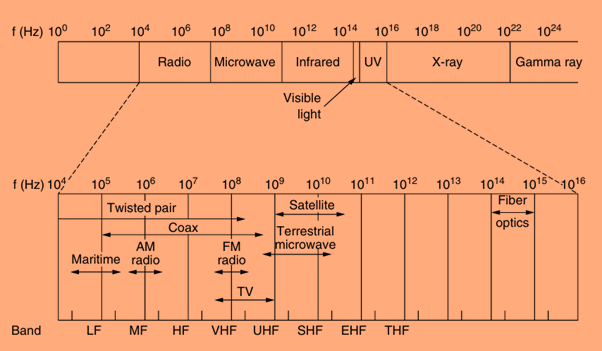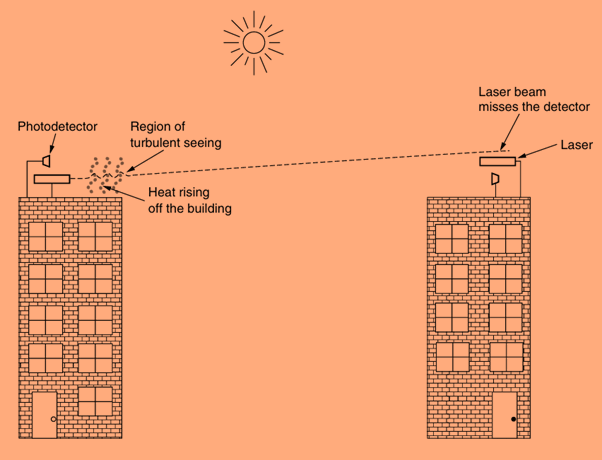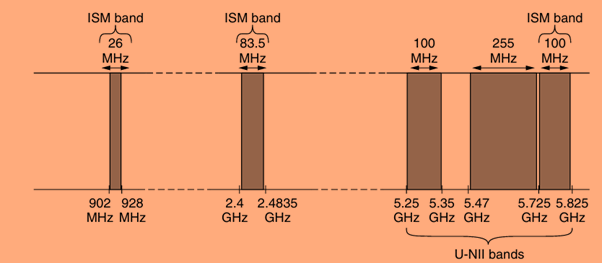Wireless Transmission: The Future of Connectivity
In today’s digital age, the demand for constant connectivity has created a generation of “information junkies” who rely on wireless communication to stay connected. Unlike traditional wired connections like twisted pair, coaxial cable, or fiber optics, wireless communication allows users to access data from various devices—be it laptops, smartphones, or wearables—without being tethered to a physical network. This tutorial explores the principles, technologies, and applications of wireless transmission, emphasizing its importance in modern communication.
The Need for Wireless Transmission
Wireless communication offers several advantages, especially in environments where installing physical cables is challenging, such as mountainous or swampy terrains. The journey of modern wireless digital communication began in the Hawaiian Islands, where geographical barriers made traditional communication systems inadequate.
The Electromagnetic Spectrum
Understanding Electromagnetic Waves
When electrons move, they create electromagnetic waves that propagate through space. These waves were first predicted by James Clerk Maxwell in 1865 and later observed by Heinrich Hertz in 1887. The frequency (f) of these waves is measured in Hertz (Hz), while the distance between consecutive wave peaks is known as the wavelength (λ).
→ Key Point: The speed of light (c) in a vacuum is approximately (3 \times 10^8) m/s.
Relationship Between Frequency and Wavelength
 The fundamental relationship between frequency, wavelength, and the speed of light is given by the equation:
The fundamental relationship between frequency, wavelength, and the speed of light is given by the equation:
[ \lambda f = c ]
This relationship means that if we know the frequency, we can determine the wavelength, and vice versa.
Types of Wireless Transmission
Radio Transmission
Radio frequency (RF) waves are omnidirectional, allowing them to travel in all directions from the source. They are easy to generate and can penetrate buildings effectively, making them suitable for both indoor and outdoor communication.
→ Key Point: Microwaves are commonly used for long-distance telephone communication and satellite links.
Example: AM radio broadcasting operates within the Medium Frequency (MF) band, allowing signals to travel long distances.
Microwave Transmission
Microwaves travel in nearly straight lines and can be focused into narrow beams, which increases the signal-to-noise ratio. This property allows multiple transmitters and receivers to communicate without interference.
Spread Spectrum Techniques
→ Frequency Hopping Spread Spectrum (FHSS): Transmits data by rapidly switching frequencies, enhancing security and resistance to interference.
→ Direct Sequence Spread Spectrum (DSSS): Spreads the data signal over a wider frequency band, allowing multiple signals to coexist without interference.
Infrared Transmission
Infrared waves are used for short-range communication and are commonly found in remote controls. However, they do not penetrate solid objects, which can limit their application.
Light Transmission
Unguided optical signaling, or free-space optics, utilizes lasers for high-speed data transfer. While it offers high bandwidth and security, it requires precise alignment and is affected by environmental conditions.
The Politics of the Electromagnetic Spectrum
To manage the chaos of frequency allocation, national and international agreements dictate who can use which frequencies. The FCC (Federal Communications Commission) in the U.S. allocates spectrum for various uses, including AM/FM radio, television, and mobile phones.
→ Key Point: The ISM (Industrial, Scientific, Medical) bands are set aside for unlicensed use, allowing devices like cordless phones and garage door openers to operate without a license.
Conclusion
Wireless transmission is a cornerstone of modern communication, enabling users to connect seamlessly across various devices and environments. Understanding its principles, technologies, and applications is crucial for leveraging its potential in our increasingly interconnected world.
